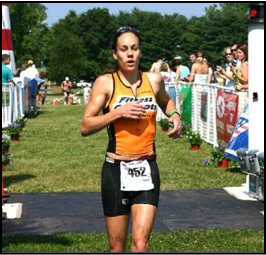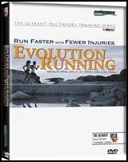Evolution Running: Letting Off the Brakes

© 2005 by Ken Mierke
Most runners ignore technique, thinking that the way to improvement is to run more and harder miles. While this generally leads to quick improvement initially, it also causes many unnecessary injuries and premature plateaus. Our research has shown that faster runners are more efficient than slower runners. More...
The Ups and Downs of Hill Running
©2011 Ken Mierke
Imagine racing stride for stride with a runner who is just a bit stronger than you. With heart rate redlined, breathing right on the edge of being out-of-control, and legs burning, you know you won’t last much longer at this speed. The road turns downhill and you squirt forward as if propelled by a rocket-booster, gapping your stunned opponent. By the end of the downhill, you have a 20-yard lead, heart rate and breathing have returned to sustainable levels and your legs feel bouncy again. This doesn’t have to remain a fantasy. With a thorough understanding of ideal techniques for running hills, consistent concentration and a little hard work you can run faster on hills while expending less energy. More...



